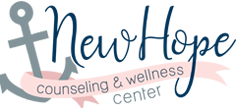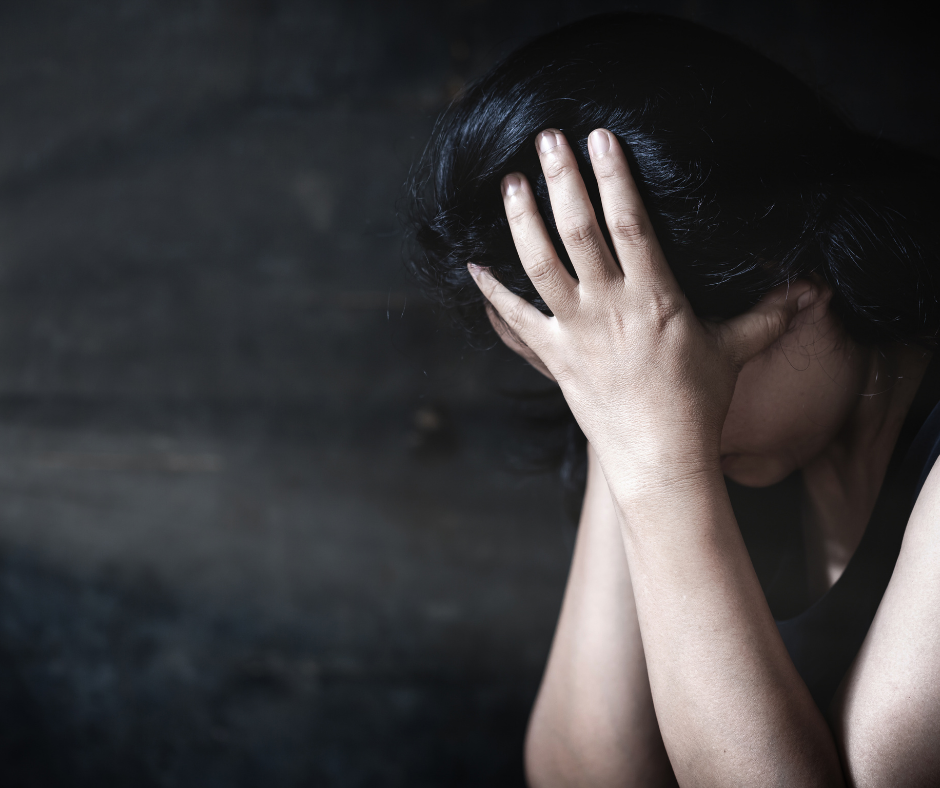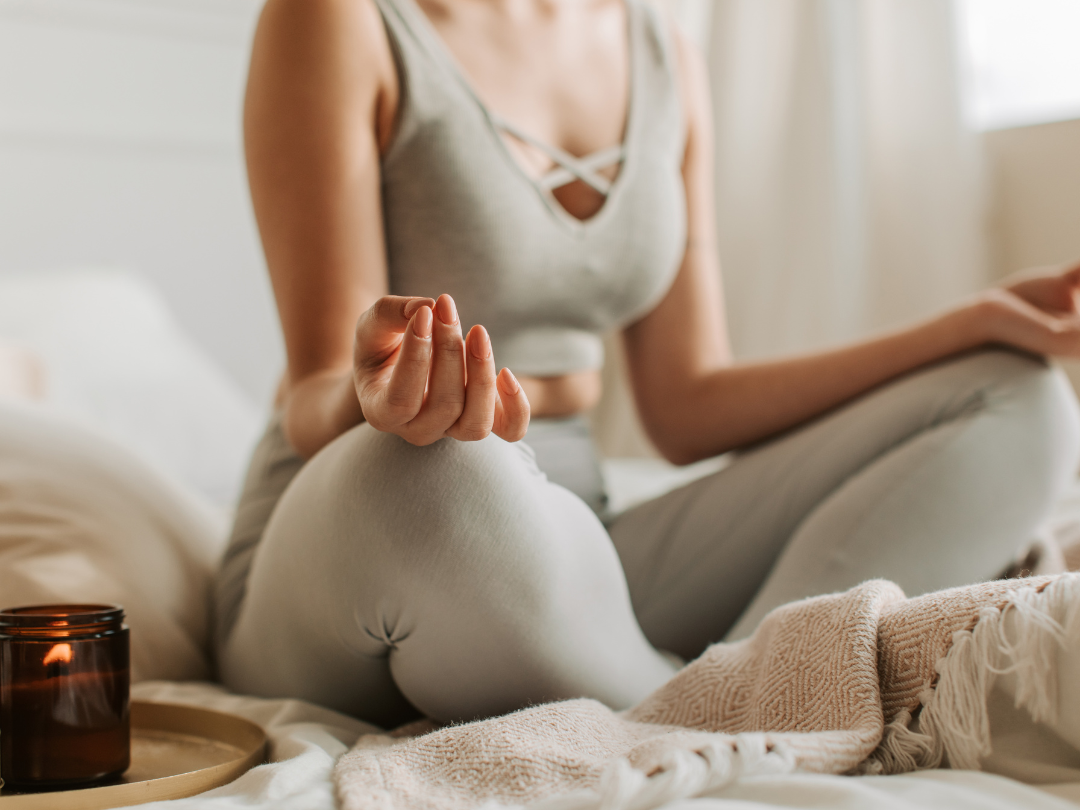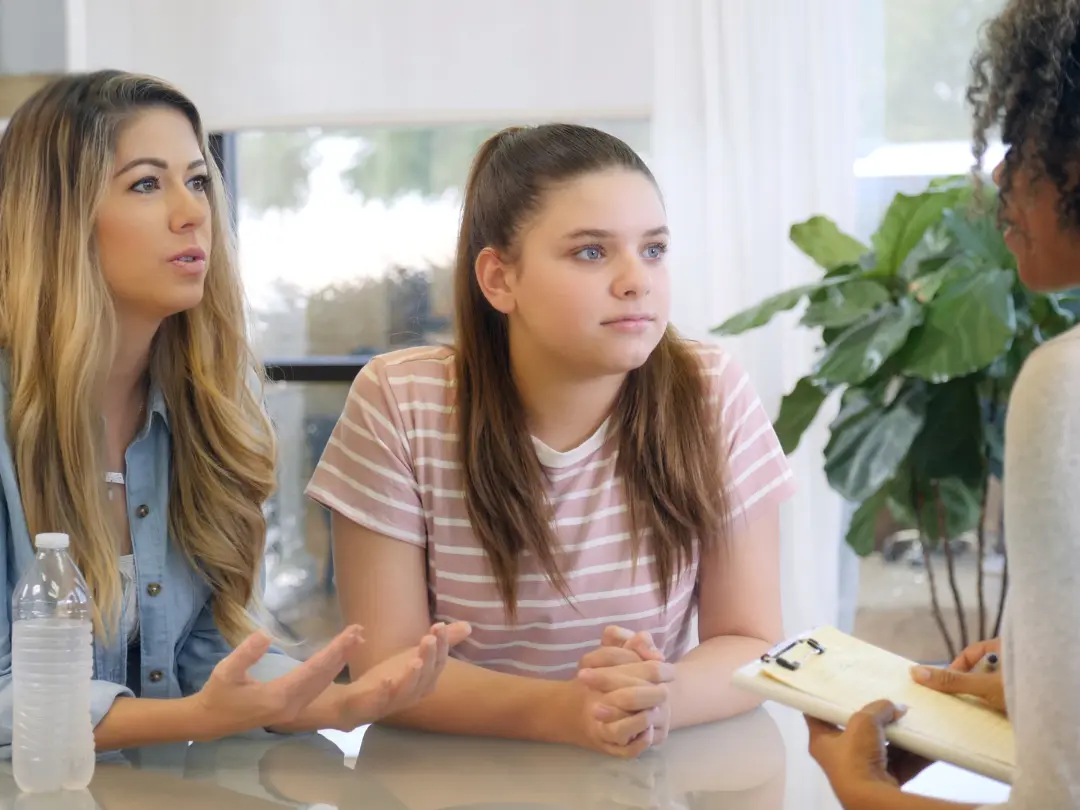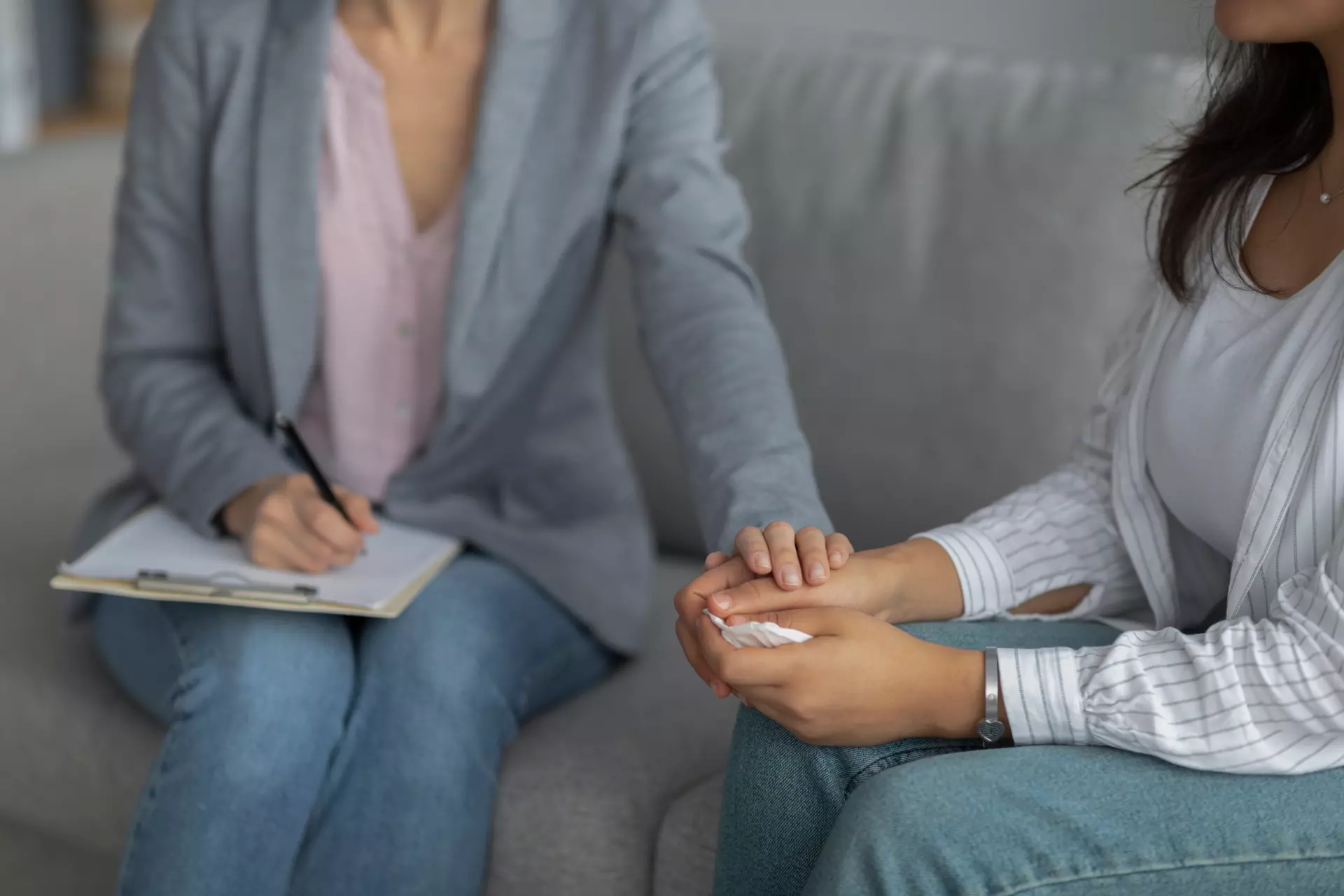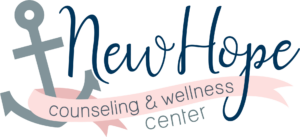April is Sexual Assault Awareness Month, so for us, this is an opportunity to talk about the prevalence of sexual assault, its prevention, safety measures, and security, and of course, treatment and help.
Sexual Assault Awareness and Statistics
Shockingly, sexual assault can happen anywhere and at anytime. According to National Sexual Violence Resource Center (NSVRC), sexual assault may be far more prevalent than many of us realize:
Quick Statistics About Sexual Violence Against Women:
- 1 in 5 women experienced a complete or attempted rape in their lifetime.
- Of these, 1 in 3 were between the ages of 11-17.
- 81% of women reported experiencing some form of sexual harassment.
- Nearly 1 in 4 women reported experiencing a sexual assault or misconduct as an undergraduate at a major US university.
Quick Statistics About Sexual Violence Against Men:
- Almost 25% of men experienced some form of sexual violence in their lifetime.
- Of these, 1 in 4 were between the ages of 11-17.
COVID Lockdown’s Impact on Sexual Assaults
For the most part, reports of sexual assault have been rapidly increasing since 2012 – that was until COVID lockdowns hit and for the first time in about a decade, we began to see a sharper decline in reported cases of rape. There may be a few reasons for this – some good and some not so good.
While it is possible that there was in fact a decline in actual sexual assault cases due to the fact that lockdown may have kept many from harm’s way and out of reach of potential sexual predators, it also may have inadvertently put more people within harm’s way.
In lockdown, people spent more time online, thereby increasing the incidences of online sexual assault (which largely goes unreported). Lockdown also put victims in constant contact with abusers who are family members or partners. Oftentimes, both online and family/partner sexual abuse goes unreported.
Sexual Assault Awareness, Prevention, Safety Measures, and Security
Before we talk about prevention, we really need to address consent, particularly since many victims are under the age of 18 and may not truly understand what consent is. Understanding that any activity that makes you feel uncomfortable, any activity that makes you feel pressured into doing something you are not ready to do, and any time you ask someone to stop and they do not – ALL of these are examples of sexual assault because you did not give your consent.
So, as a first step – and even if there is NO abuse or any concerns about abuse – parents should have age appropriate, open and honest conversation with their children about consent and abuse (click the previous link for professional advice on how to accomplish this).
But, for those of us who are over 18, here are some tips for preventing sexual assault.
First of all, whether you take safety measures or not, the victim is NOT TO BLAME for the assault. It does not matter what they wear, their sexual history, their situation, etc. The blame for sexual assault falls squarely and solely upon the abuser. End of story.
And, while it can help to take a more active role in increasing your safety, understand you can never truly eliminate the chance you may be sexually assaulted. That being said, here are a few tips that may help to protect you:
- Familiarize yourself with safe places. If you have a set path you take daily or a campus you frequent, understand where you can go for safety and security.
- Vary your movements or routine. While it may be tempting to take the same path every day (jogging, walking to work, etc.) try varying your day-to-day patterns to avoid someone noticing and then stalking you.
- Prepare an excuse. Be prepared with pre-planned excuses for a variety of situations. Need to get away from a potentially dangerous situation on a date? Have pre-planned excuses ready. Concerned about your safety while at an appointment or visiting a friend? Be prepared with a smooth exit strategy. Advance planning is invaluable to your safety.
- Create a bedtime routine. Seems like a no-brainer to lock doors and windows, but there are times when you might shut a window at night, but forget to lock it. Create a bedtime routine that involves checking and locking windows and doors, and stick to this routine every single night.
- Stay safe in your own home. Many abusers sadly are family members and even partners. Create ways to be able to safely reach out for help beyond your front door. If you are a parent or guardian, learn to recognize the warning signs that your child may be in danger or suffering from abuse.
- Recognize online sexual assault. Assault can happen online – and the incidence of online abuse is increasing year over year. Sexual abuse that happens online is still abuse and can cause serious pain and harm. Learn how to protect yourself should this be happening to you:
- Take screenshots on your phone or computer for evidence.
- Block and report people on social media platforms.
- Use privacy programs to keep you from inadvertently entering sites that may cause you to see images or sexual depictions.
- Keep any potentially damaging images of yourself off your phone or in a cloud storage.
Treatment and Help for Sexual Assault
If you are a victim of sexual assault (or you believe that someone you care about is a victim), here are the steps you can take to help. Again, it is vital to remember that victims are NOT to blame for this abuse, and the goal is to get the victim safe and away from the abuser.
What To Do if YOU Are a Victim of Sexual Assault
It does not matter how long ago the incident occurred (whether it was yesterday or 20 years ago), you are encouraged to take action.
- Call 911 and report the abuse to the police.
- Talk to your medical doctor or trusted medical professional.
- Call the National Sexual Assault Hotline at 1-800-656-4673.
- Reach out to organizations such as NSVRC and RAINN.
- Contact a qualified therapist who specializes in sexual assault survival.
What You Can Do To Help Victims of Sexual Assault
Sexual assault is a serious and violent crime. It can result in serious injury and even death. If you know or have reasonable suspicion that a sexual assault incident is occurring, call the police immediately.
If you are uncertain, but suspect someone is living with sexual assault, there are things you can do to help.
- Open lines of communication and try to keep them open.
- Try and bring up the subject of sexual assault by asking such phrases as:
“I’m worried about you because …”
“I’m concerned about your safety because …”
“I have noticed some changes that concern me …”
- Let them know you WILL BE DISCREET.
- Do not try to force the person to open up; let the conversation unfold at a comfortable pace.
- You can ask clarifying questions, but let your friend vent their feelings and fears.
- DO NOT JUDGE OR BLAME THEM.
- Focus on their strengths. Give your friend the emotional support they need to believe that they are a good person.
- Offer to help with money, transportation, pet sitting, childcare, errands, etc.
- Guide your friend to organizations such as NSVRC and RAINN.
- Help your friend think through the steps to take if your friend’s abuser becomes abusive again.
- Make a list of people your friend can call in an emergency.
Remember, if you or a loved one are a victim of sexual assault, contact the National Sexual Assault Hotline at 1-800-656-4673. for confidential assistance from trained advocates.
